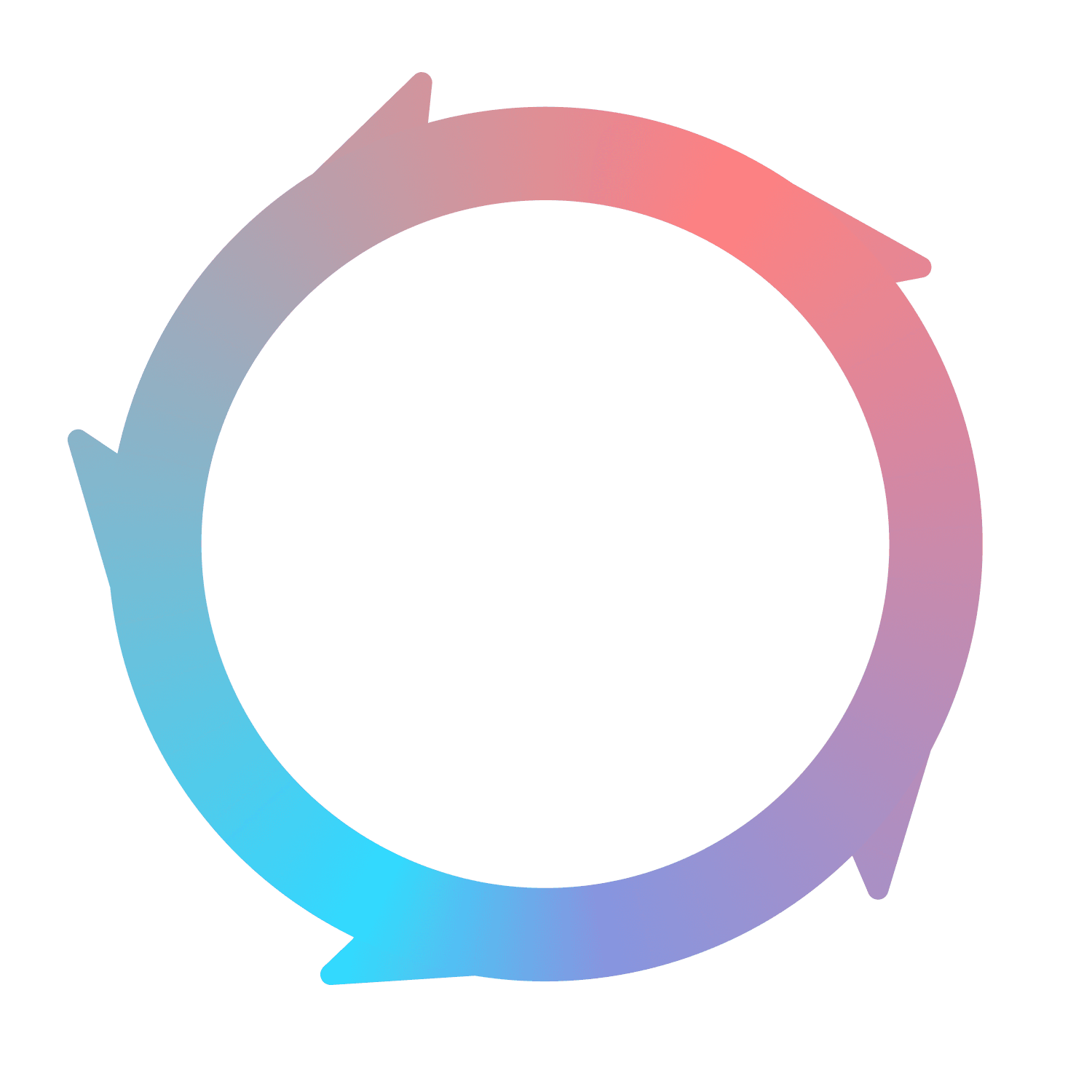Benefits of product-led growth
Product-led growth has many powerful benefits. Is it right for you? Read more to find out.


Authors of this article
Daniel Filous is a marketing veteran who has lead companies of all sizes to success with product-led growth. He is currently overseeing the GTM strategy for multiple Atlassian products.
Amir is currently a Director of Product Marketing at ClickUp. He previously brought Atlassian’s incident management products and solutions to market and most recently operated as the Head of Marketing for effx.
Chase founded Flywheel after creating and launching Jira Work Management at Atlassian. He has executed product-led growth across multiple verticals and companies, ranging from SaaS to e-commerce.
Overview
Product-led growth’s popularity is taking off. Almost every SaaS company today is evaluating if product-led growth can be added to, or replace, their existing go-to-market strategy. Why? What gives? Are the benefits worth it or is this just a trend? Here are four key benefits to adopting a PLG motion.
Benefit #1: High-ROI distribution
The underlying concept of a SaaS flywheel is that a large cohort of small, low-revenue contracts will, over time, add up to a massive amount of recurring revenue. While each customer account may only be worth a few hundred dollars a year now, SaaS companies often see their contracts increase exponentially over time as their customers grow. A customer that doubles their marketing organization might double the amount they pay to your company. This compounding effect is extremely powerful.
Tapping into this flywheel is tough for companies who don’t use a product-led growth model. Accounts that yield only a few hundred dollars a year aren’t worth the sales effort and expense. SaaStr published a great article that dives deeper into when an account is “worth it” for sales.
For other companies, the time to get a realistic ROI is too long and doesn’t meet the demanding revenue growth metrics that investors are looking for. Massive top-of-funnel volume is necessary but often prohibitively expensive.
This is where self-serve, product-led distribution comes into play. If users can sign up for, try, and buy your product without talking to sales or customer success, the only cost to your company is the price to maintain your product and the original acquisition. Suddenly, accounts on free plans or who pay $20 are viable. Traditionally, product marketing and growth orgs lead these efforts. At Flywheel we call this product-led marketing.
Benefit #2: Wider and deeper product moats
The high ROI of self-serve, product-led marketing has more advantages than just the low cost to acquire users. Companies who nail this motion are no longer spending as much money on sales and marketing. What happens to all that money? Well, the best PLG companies put it back into R&D (Research and Development).
Atlassian spends 47% of their revenue on R&D. Sales and marketing costs pale in comparison, hovering around only 16%. Could you deliver more features if you doubled the size of your engineering department? We’d bet on it. As a result, product-led companies are able to build bigger moats faster and delight their customers more every day.
There’s yet another advantage – time. The opportunity cost squandered by companies who haven’t scaled as quickly results in the competition getting ahead. Again, that compounds. A competitor who was ~6 months ahead of you is now 3 years ahead of you and nearly impossible to catch.
Benefit #3: Customer-centric company processes
Your money is now going more heavily towards R&D and you’re able to build faster. Users and their experience are the core of your company’s focus. Enter the customer-first age.
A central focus on user satisfaction forces companies to rethink their organization in a way that puts the customer first in all regards. Marketing KPIs go downstream towards active users and revenue. Sales teams assist marketing teams in closing larger accounts. Customer success teams connect with users and customers both during and after a sale. And, finally, executives are aligned with OKRs such as MAU (monthly-active users) and MRR (monthly-recurring revenue).
All of this pushes R&D and marketing teams to talk to customers much more frequently. There is already a lot of existing literature on the topic of building for customers so we won’t go into depth here. But note – the organization that delivers more value to their customers than their competition will win. Full stop. Be the company that wins by putting your customers first.
Benefit #4: High NRR
NRR is Net Revenue Retention, or, more simply put, the amount of money your customers continue to pay you over a period of time. There are many factors in NRR that include upgrades, churn, downgrades, or cross-selling into new product lines. Gitlab recently IPO’d with a 157% NRR, Twilio continues to have an NRR of 137% at $2B in revenue, and Asana had an NRR of 140% at IPO for their biggest customers. These numbers are incredibly high and would allow companies to grow exponentially without adding a single new customer.
Why are PLG companies particularly good at improving their NRR?
Customers can upgrade or expand their license at any time, on their own accord
PLG companies put their money into product development, leading to better retention
The low involvement of sales during initial purchase opens up sales and customer success bandwidth for existing customers
Similar to the previous benefits, this NRR effect compounds over time. Happy customers buy more, stay longer, and talk about you to their friends. Go PLG to get NRR.
Fin
As you can see, there are quite a few powerful benefits of PLG. Of course, PLG isn't for everyone and many companies should either a.) not try PLG in the first place, or b.) will need lots of help to get their flywheel spinning. For those in camp B, let Flywheel help you with converting more of your free users.
Published on
May 8, 2023
Next up:
Table of contents







